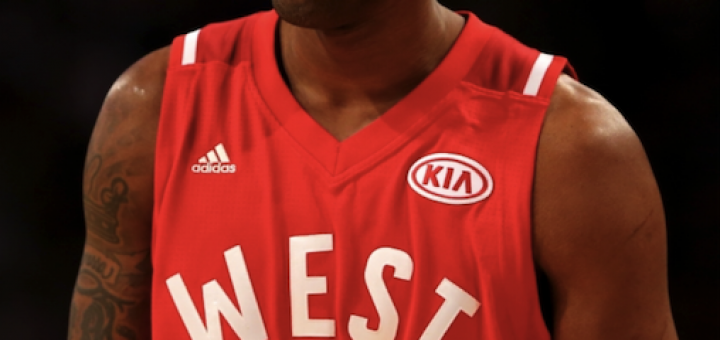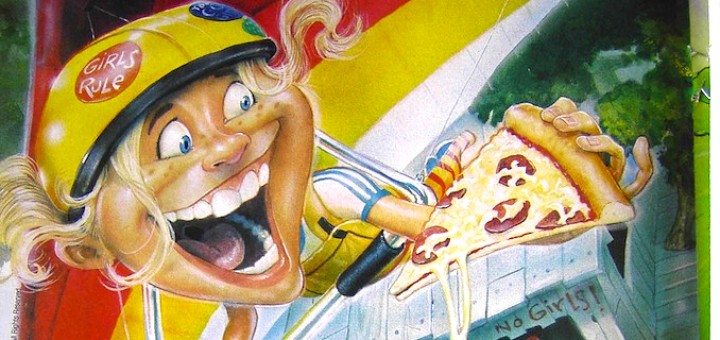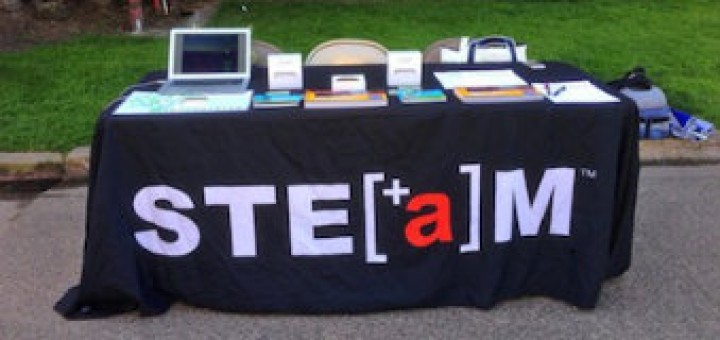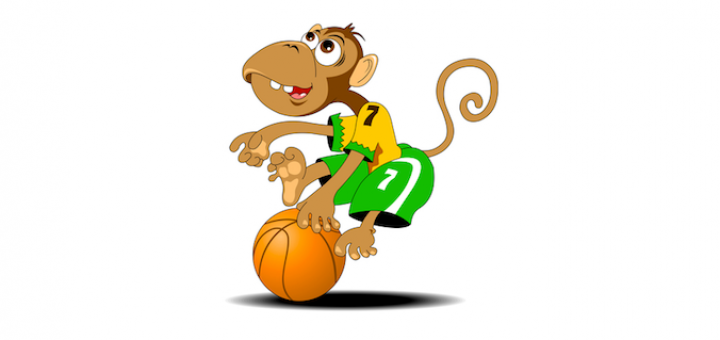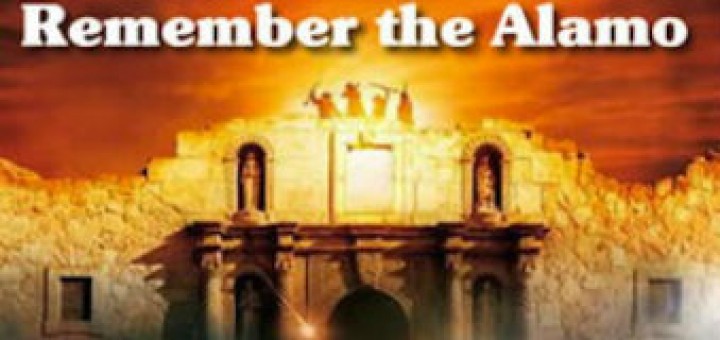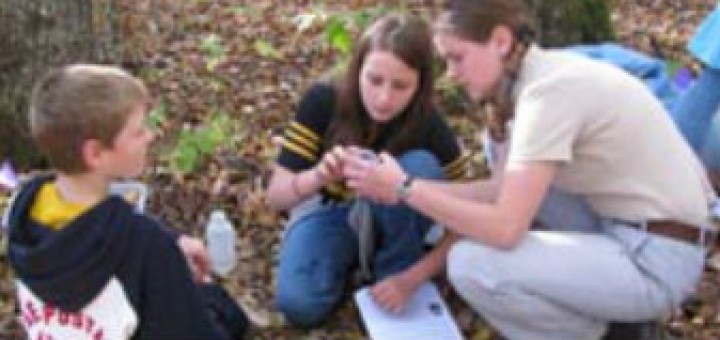Tagged: critical thinking
As product placement ads invade more of our visual space, educators can use the trend as a hook to engage students in critical thinking about what it means to be media literate. Expert Frank Baker uses the NBA’s 2016-17 plans for jersey advertising as an example.
Take 5! is a handy science resource targeted for K-5 teachers that can also help differentiate instruction in higher grades, says Laura Von Staden. The year’s worth of prompts will help young students to tie science, writing and critical thinking together.
Rather than wasting space unpacking the standards (again), PD director Bryan Harris supplies educators with tips on running a classroom, asking questions, and staging conversations for a CCSS friendly culture, says teacher-reviewer Lena Welch.
Advertising: it’s everywhere. As media literacy educators work to engage students in conversations about commercial marketing, we have to consider the close reading of print and video ads. Frank Baker provides starting points and resources for teachers.
For consultant Ruth Catchen, a good STEAM program addresses all the skills related to Arts & STEM subjects to make students career and college-ready. “Use cross-curricular experiences, deep content, and real world activities to maximize learning.”
Each chapter of The Language of Learning helps teachers craft lessons that teach how to have academic conversations that are clear, coherent, purposeful and well reasoned, conveying curiosity, open-mindedness and respect, says reviewer Linda Biondi.
How to cope with teacher evaluation rubrics that don’t work in the real world? Shift your thinking and find one that does. That’s what Mary Tarashuk is doing by adapting a student rubric created by Michael Fisher & Nancy Cook to reflect on her own practice.
Reviewer Elisa Waingort highly recommends Student-Driven Learning to those who want to move toward a classroom where students are in the driver’s seat. The authors show how teachers can analyze current practice and begin leading students on hops, drives, and journeys toward ownership of learning.
Evaluative questions that encourage the development of evidence based opinions help students learn to view history “as a complex narrative.”
Teacher & consultant Dayna Laur shares stories from her book “Authentic Learning Experiences” and urges educators to create real-world PBL classrooms.

